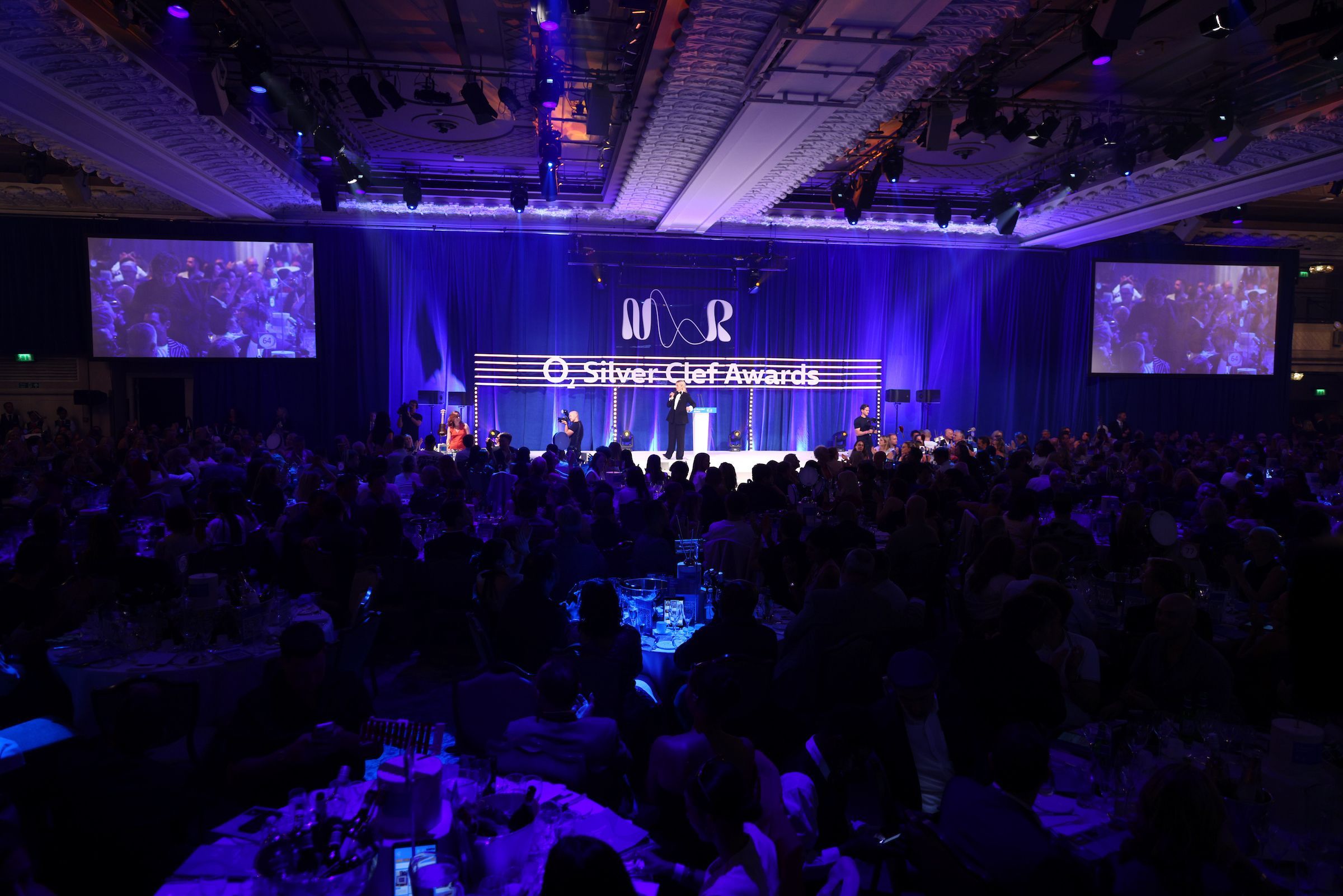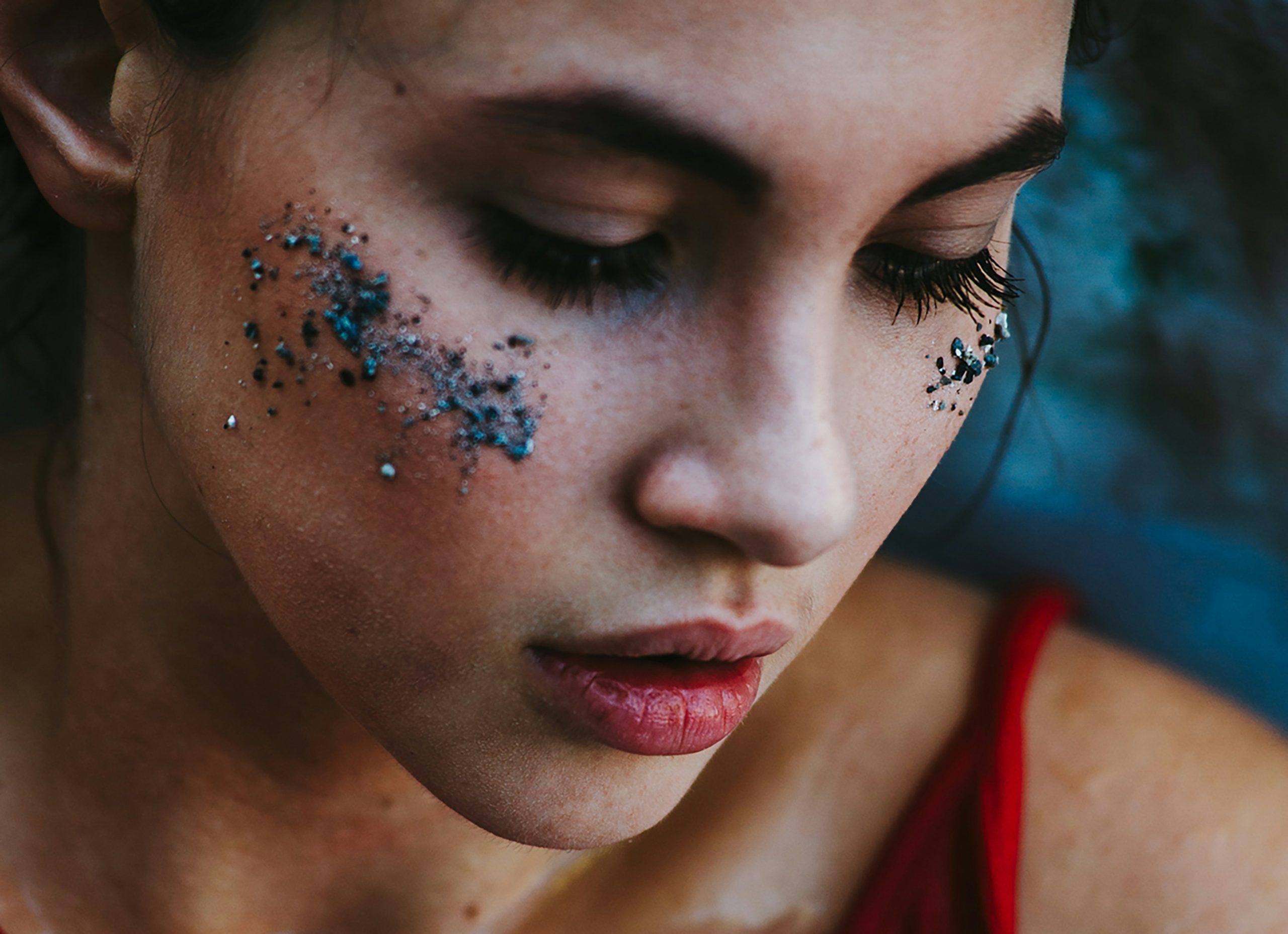A First-Hand Experience with Lymphatic Drainage
When I first heard about lymphatic drainage massage with Healing Arts, I was skeptical. A massage that claims to help with detoxification, immune support, and recovery? It sounded too good to be true. However, after undergoing multiple sessions following a surgical procedure, I can confidently say that lymphatic drainage is not just a wellness trend—it’s a therapeutic necessity for many.
If you’re considering lymphatic drainage massage, whether for post-surgical recovery, reducing fluid retention, or simply boosting your body’s natural detox process, here’s what to realistically expect—from someone who’s been there.
What Is Lymphatic Drainage and Why Does It Matter?
Lymphatic drainage massage is a specialized technique that stimulates the lymphatic system, a vital part of our immune and circulatory systems. Unlike the blood, which is pumped by the heart, the lymph fluid relies on movement and manual stimulation to flow efficiently.
This technique involves gentle, rhythmic strokes that help move lymph fluid toward the lymph nodes, where toxins and waste products are filtered out. Unlike deep tissue massage, which targets muscles, lymphatic drainage massage is incredibly light, focusing just beneath the skin’s surface.
Why does this matter?
Because when the lymphatic system is sluggish—due to surgery, illness, lack of movement, or stress—it can result in fluid buildup, swelling (edema), and a weakened immune system. Lymphatic drainage helps restore balance by improving circulation and supporting natural detoxification.
The Real Benefits of Lymphatic Drainage (Backed by Experience & Science)
After my first session, I expected immediate results—but lymphatic drainage is a process, not a miracle cure. While I did feel lighter and more relaxed right away, the best results came after multiple sessions.
Here are some key real-world benefits that I, along with many others, have experienced:
1. Reduces Swelling and Fluid Retention
After my surgery, my body held onto excess fluid, making my face and limbs feel puffy and heavy. My therapist explained that post-surgical swelling occurs because the lymphatic system gets overwhelmed and can’t drain properly.
✔ Post-op patients often experience rapid improvement in swelling after just 2-3 sessions.
✔ Studies confirm that lymphatic drainage reduces post-surgical edema and accelerates healing (source).
2. Supports the Immune System
Before trying LDM, I frequently struggled with sinus infections and sluggish immunity. I learned that because the lymphatic system is responsible for filtering out toxins, a poorly functioning system can leave you more vulnerable to illness.
✔ Regular lymphatic massage can help the body detoxify naturally, reducing congestion and boosting immune response.
✔ Some research suggests that lymphatic stimulation may improve the body’s ability to fight infections (source).
3. Speeds Up Recovery After Surgery (Liposuction, Tummy Tucks, etc.)
Plastic surgeons often recommend lymphatic drainage after procedures like liposuction, tummy tucks, and CoolSculpting. I was skeptical about whether it would really make a difference, but after my third session, I noticed a significant decrease in stiffness and bruising.
✔ LDM can help prevent fibrosis (hard lumps under the skin) after surgery.
✔ Many doctors now consider it essential for optimal healing and body contouring results (source).
4. Promotes Relaxation & Stress Relief
I didn’t expect this, but lymphatic massage was incredibly calming. Unlike deep tissue massage, which can sometimes feel painful, LDM has a light, almost meditative quality that helped me de-stress.
✔ Many people experience an instant sense of relaxation and improved sleep quality after treatment.
✔ Studies show that LDM can reduce cortisol levels (the stress hormone), improving overall well-being (source).
Techniques Used in Lymphatic Drainage (And What to Expect)
If you’ve never had a lymphatic massage before, the techniques might feel different from a regular massage. The therapist will use very light, rhythmic strokes in a specific sequence to stimulate lymph flow.
Here are the most common techniques:
🌀 Vodder Method: Uses gentle sweeping motions around the affected area.
🌀 Foldi Technique: Alternates between circular movements and relaxation.
🌀 Casley-Smith Method: Uses the palms and sides of the hands for delicate circular movements.
🌀 Leduc Method: Focuses on collecting and redirecting lymph fluid into the main drainage pathways.
During my session, the therapist started with deep breathing exercises before beginning the massage. This helps prepare the lymphatic system to drain properly.
✔ Expect light, repetitive motions rather than deep kneading.
✔ Sessions typically last 30-60 minutes, and multiple sessions may be needed for best results.
Common Questions About Lymphatic Drainage Massage
1. Does It Hurt?
No—lymphatic drainage massage is incredibly gentle. If it hurts, your therapist is using too much pressure.
2. How Many Sessions Do I Need?
It depends on your goal:
✔ For post-surgery recovery: 5-10 sessions are typically recommended.
✔ For general wellness & detox: 1-2 sessions per month may be enough.
3. Can I Do It At Home?
Yes, to a degree. There are self-massage techniques, but professional lymphatic drainage is far more effective. Drinking water, staying active, and using dry brushing can also support your lymphatic system.
4. Are There Any Side Effects?
✔ Some people feel slightly lightheaded or need to use the bathroom more often after a session—this is normal as your body flushes toxins.
✔ If you have a medical condition like lymphedema, consult a doctor before treatment.
Final Thoughts: Is Lymphatic Drainage Worth It?
After my experience, I can confidently say yes—but only if done correctly. Lymphatic drainage massage is not a quick fix, but for anyone struggling with fluid retention, post-surgical swelling, or even immune support, it can be life-changing.
If you’re considering lymphatic drainage, my advice is:
✔ Find a certified specialist with experience in LDM
✔ Be patient—results build over time
✔ Support your lymphatic health with hydration, movement, and deep breathing
Want to learn more or book a session?
Check out Healing Arts Wellness Center for expert lymphatic drainage services.





